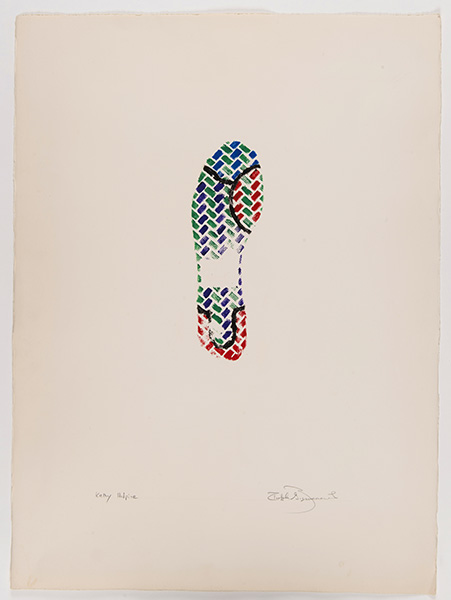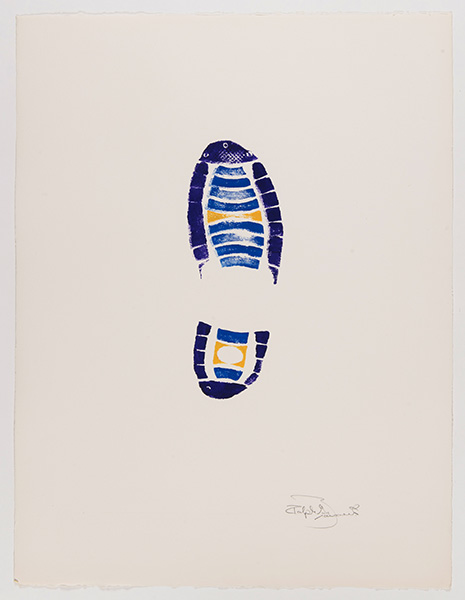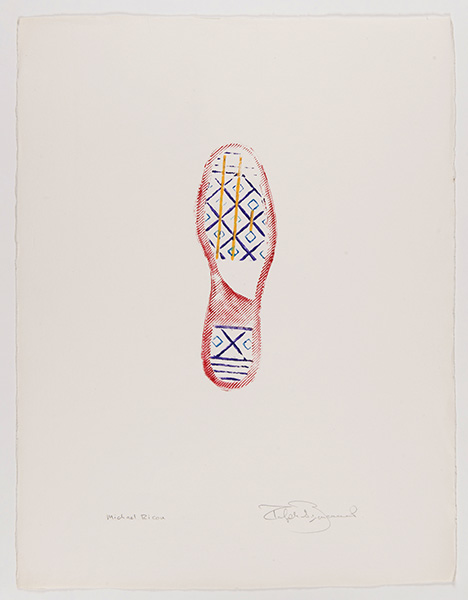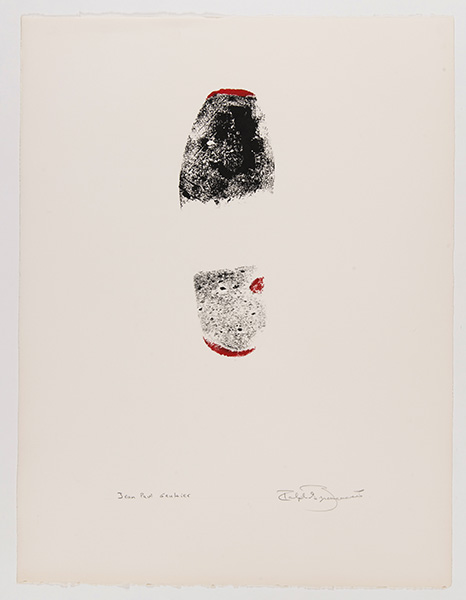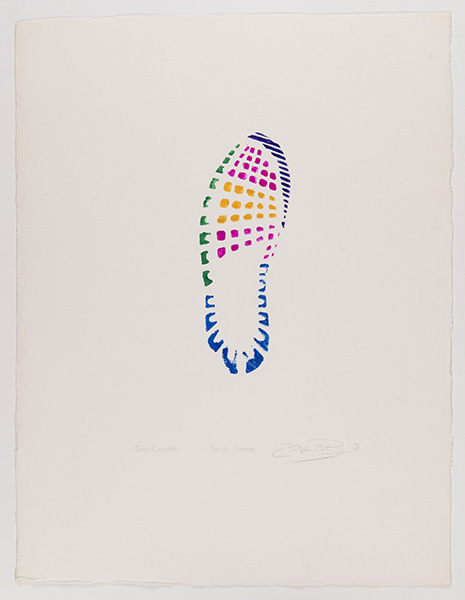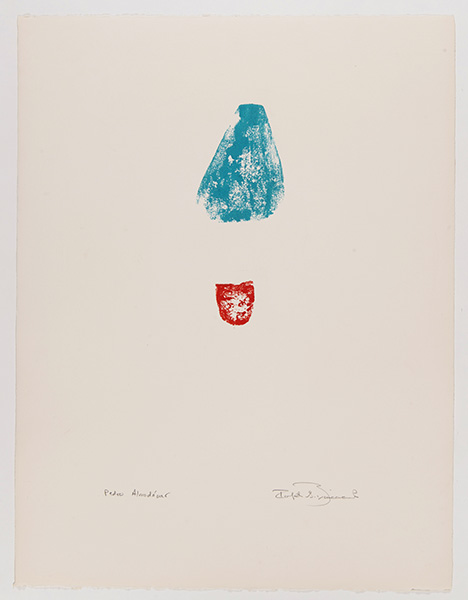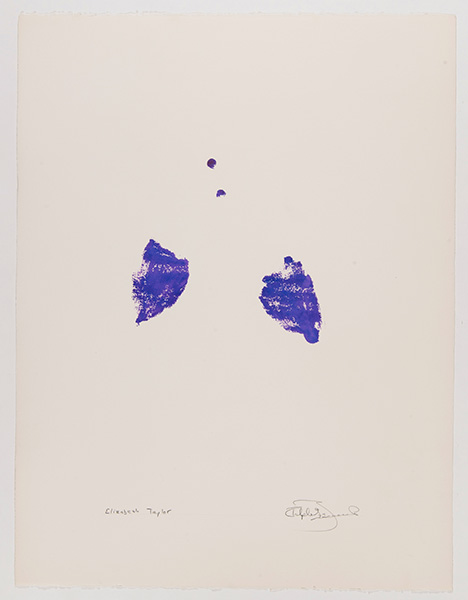Conceptual Portraits
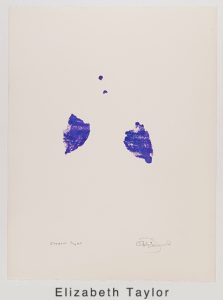 The sole of a person’s shoe becomes a printing plate to create their conceptual portrait. Brancaccio branches away from traditional portraiture where an artist interprets and renders physical attributes to resemble an individual. Instead, his ethereal or poetic gesture uses a personal object belonging to a person to symbolize and represent a moment during his or her walk through life.
The sole of a person’s shoe becomes a printing plate to create their conceptual portrait. Brancaccio branches away from traditional portraiture where an artist interprets and renders physical attributes to resemble an individual. Instead, his ethereal or poetic gesture uses a personal object belonging to a person to symbolize and represent a moment during his or her walk through life.
Our attention is drawn to a notion that our footstep marks testament to our passage and existence. We can imagine that this often-invisible evidence traces or maps everyone’s journey throughout his or her lifetime. Brancaccio removes for us a minute fragment from the constant layering and crisscrossing of human-foot-traffic that has been roaming our planet since the beginning of our existence.
As viewer, we are introduced to the individual as this trace or mark before us. The size and shape of the shoeprint or displayed name might imply a person’s sex. But, we are not given any insight into their appearance, or what has brought the individual to this crossroad.
Without human features, we are confronted with the essence of the human spirit, free from prejudice and stigmas that are created by social constructs. We are offered a chance to contemplate our humanity, the truth that binds us.
If a portrait is of someone that we do know, then anonymity turns into a juxtaposed testimony to our own passage, since it holds familiarity. And when you think about it, you could have passed or walked in the same spot somewhere on this planet as the portraits before you creating an unrealized connection.
Brancaccio’s portraits include Elizabeth Taylor, Padro Almodovar, Jean Paul Gaultier, Angelica Huston, Robert Wilson, James Earl Jones, Miguel Bose, Jean Marc Barr, and Phyllis Diller.

